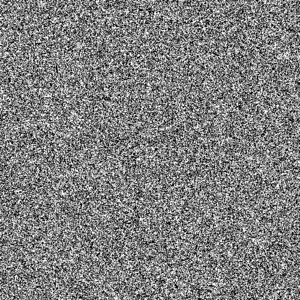Random facts for kids
Random means something happens without any plan or pattern. You can't guess what will happen next. If something is chosen randomly, it's purely by chance, not for a special reason. Think about winning the lottery – that's a random event!
Computers can create lists of numbers that seem random. But humans find this hard because our brains naturally look for patterns. If you try to say "heads" or "tails" randomly, someone watching closely might eventually spot a pattern in your choices.
On websites like Wikipedia, you can click "Random page." This means any page has the exact same chance of showing up as any other page.
Sometimes, people use "random" more loosely. A website with "random jokes" just means it has many different kinds of jokes. Young people sometimes use "random" to describe something strange or illogical, like "The talking dog is wearing a hat!" While this isn't the dictionary meaning, it's a common way the word is used today.
Contents
How Computers Make Random Numbers

There are different ways to get things that seem "random":
- True Randomness: This comes from the real world, like tiny movements of particles (called Brownian motion) or special devices that use natural events to create numbers. These are called hardware random number generators.
- Randomness from Starting Points: This is studied in chaos theory. It happens in systems where a tiny change at the beginning can lead to a huge difference in the outcome. Think of a dice roll or a pachinko game – you can't perfectly predict where it will land.
- Pseudo-Randomness: This is when a computer creates numbers that *look* random but actually follow a hidden rule or algorithm. If you know the starting point (called a random seed) and the rule, you can predict the next number. These are called pseudo-random number generators. They are faster to make than true random numbers.
People need random numbers for many things, so they've found different ways to make them. These methods vary in how unpredictable the numbers are and how fast they can be made.
Before computers, people had to work hard to get large lists of random numbers. They would collect them and put them into random number tables for others to use in statistics.
Computers can make numbers that appear random in two main ways:
- Pseudo-random numbers: These are made using special algorithms. While they look random, they always follow a pattern. If you know a few numbers, a computer can figure out the next one.
- True random numbers: These come from observing something unpredictable in the real world. For example, a computer could be connected to a Geiger counter to use the random clicks from radiation to create numbers.
Randomness in Codes
Keys used for encryption (making secret codes) must be truly random to keep information safe. If a key is made using a faulty random number generator, clever people might be able to figure out the pattern and break the code.
Other Pages to Explore
Images for kids
-
An old fresco from Pompei showing people playing with dice.
See also
 In Spanish: Aleatoriedad para niños
In Spanish: Aleatoriedad para niños



